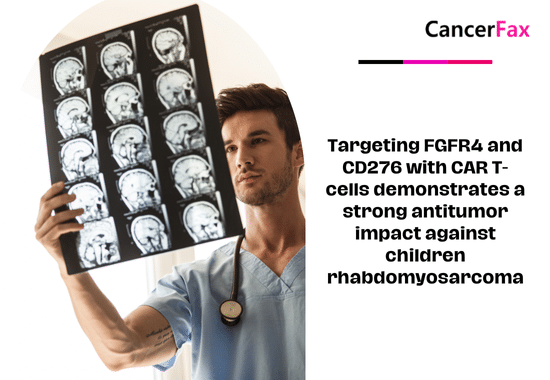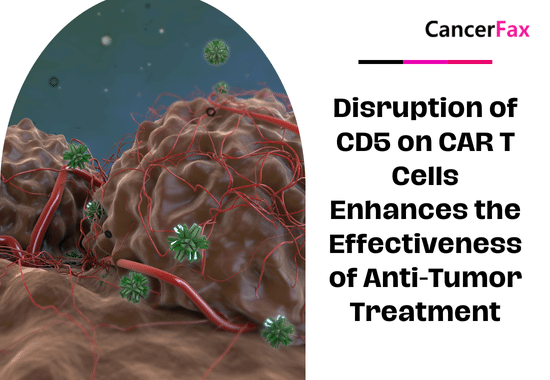Sept 2022: Ibrutinib (Imbruvica, Pharmacyclics LLC) was approved by the Food and Drug Administration for use in paediatric patients with chronic graft versus host disease (cGVHD) who are younger than 1 year old and have failed one or more lines of systemic therapy. Oral solution, pills, and capsules are examples of formulations.
Ibrutinib’s efficacy was assessed in iMAGINE (NCT03790332), an open-label, multi-center, single-arm trial for children and young adults with moderate or severe cGVHD. Participants ranged in age from 1 year to less than 22 years. 47 patients needed extra treatment after one or more lines of systemic medication failed and were enrolled in the trial. If genitourinary involvement in a single organ was the only sign of cGVHD, patients were excluded.
The average patient age was 13 years (range, 1 to 19). The following are some of the 47 patients’ demographics: 70% of the population is male, 36% is White, 9% is Black or African American, and 55% is unreported.
The overall response rate (ORR) through Week 25 served as the primary effectiveness outcome indicator. According to the 2014 NIH Consensus Development Project Response Criteria, ORR includes full or partial replies. By Week 25, ORR had reached 60% (95% CI: 44, 74). The average time it took for a response to be given was 5.3 months (95% CI: 2.8, 8.8). The median duration for cGVHD was 14.8 months (95% CI: 4.6, not evaluable) from the first response to death or new systemic treatments.
Anemia, musculoskeletal pain, pyrexia, diarrhoea, pneumonia, abdominal pain, stomatitis, thrombocytopenia, and headache were the most frequent adverse events (20%), as were pyrexia, diarrhoea, pneumonia, abdominal pain, and stomatitis.
The recommended dose of IMBRUVICA is 420 mg orally once daily for patients 12 years of age and older with cGVHD and 240 mg/m2 orally once daily (up to a dose of 420 mg) for patients 1 to less than 12 years of age with cGVHD, until cGVHD progression, recurrence of an underlying malignancy, or unacceptable toxicity.
View full prescribing information for Imbruvica.

